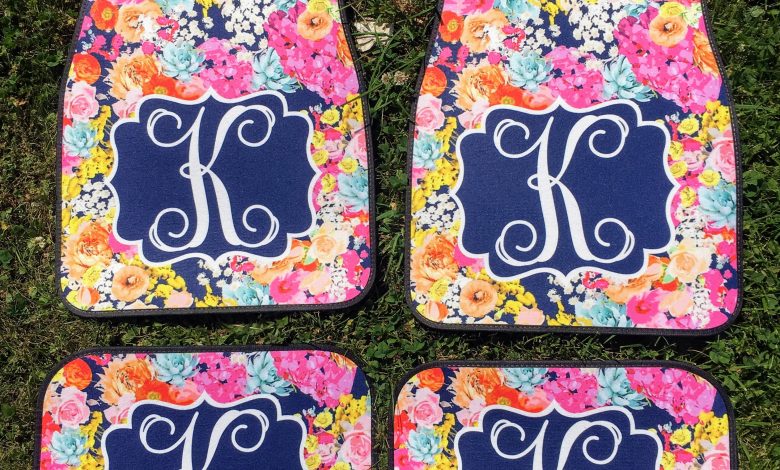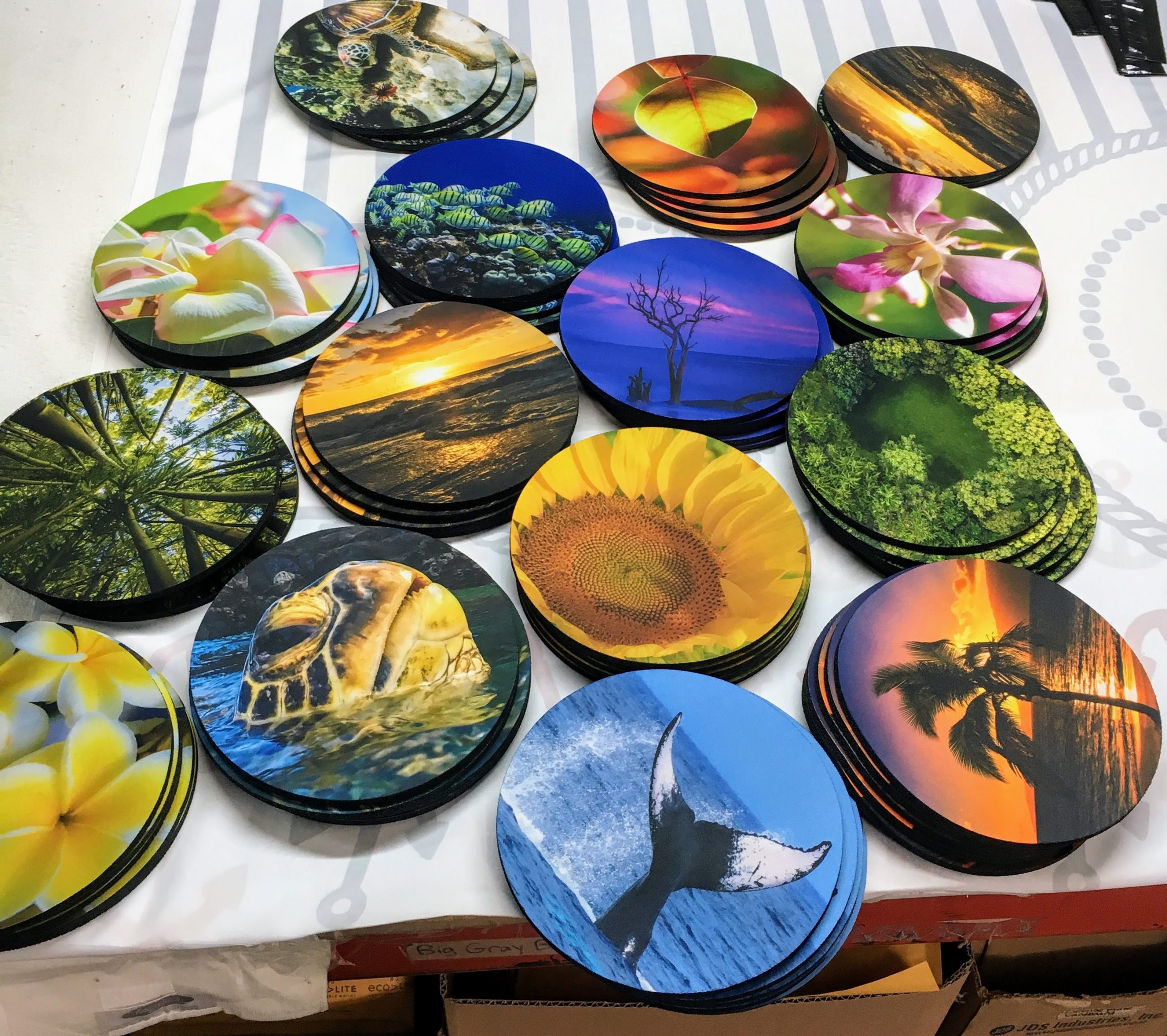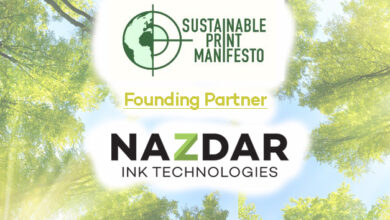This article appears in The Sublimation Report, a special supplement to the April issue of A&E.
Welcome to wide-format sublimation. It is not some big, scary place, but a wonderful, profitable, and relatively easy manufacturing process. Do a few things right, and it’s as easy or easier than starting in sublimation with a desktop setup. I want to debunk a few myths that I have heard and provide some tips on how to best enter the wide-format world, plus a few potential markets to add to your business.
A majority of sublimators are using a small-format system and doing well. Small format is defined in the sublimation industry as any printer under 42 inches wide. So, with all of those people using small-format technology, why bother looking at wide-format, roll-to-roll sublimation? Once we debunk the myths, I think you will find the answer to that question.
MYTHS
The biggest myth is the economics of getting into wide-format sublimation. For a lot of people, including myself, as soon as the words “wide format” is tossed around, visions of hundreds of thousands of dollars being spent, huge warehouses, and other headaches come to mind. Fortunately for those of us who have overactive imaginations, it’s not that bad.
Typically, you can purchase a 44-inch printer system for about $7,000 to $9,000. It’s a healthy investment, but not one that is out of reach. Some other costs involved could be a large-format heat press, but note that not all wide-format printing needs a large-format heat press. If you do need a large-format heat press, expect to spend between $10,000 to $20,000 depending on your needs, bringing that investment up to $30,000 to fully get into wide-format sublimation. That number could make you uncomfortable.
A different way to make this type of large investment is leasing the equipment. If your credit is pretty good on a standard 60-month term lease with a $1 buyout, you would need to come up with about $500 to $700 per month. Many companies with wide-format capabilities have proved that making $700 a month in profit with sublimation printing is well within reach.
The next myth I want to tackle is the cost savings. Yes, the labor is a big factor in your costs and there is plenty of margin in most products to handle the increased ink costs in a small-format printer. All it takes, though, is a little breakdown and you will find that things change pretty quick once you are able to jump to wide-format sublimation.
If you are a small-format sublimator, you are likely paying about $70 for a 30ml ink cartridge. That is about $2.30 per ml. A typical sublimation transfer uses about 1.5ml of ink per square foot – you have about $3.75 per square foot of ink and paper cost (assuming paper is about $.25 per square foot for paper cost). Compared to large-format sublimation, where you pay approximately $0.15 per ml of ink, your cost is now less than $0.50 per square foot.
I have also heard the myth “wide-format software is hard to use.” While at first glance it seems more difficult, the process is the same, you just have a tool called a RIP software to help you along. If you are working with the right supplier, the RIP software should be set up on the front end as part of the purchase investment. With most wide-format RIP programs, you have the ability to drop your jobs into it and let it nest images to optimize your printing and paper usage. Most of them also have a job costing calculator to more accurately quote your work, and some of them even have the ability to do variable data output, which makes jersey creation and other creative markets even easier without a lot of manual work.
Finally, the biggest myth is that wide-format sublimation is only for large shops. Even if you can’t justify the purchase or lease of the equipment, this still doesn’t mean you can’t add wide-format sublimation items to your business. All you have to do is search Google for “Wholesale Sublimation,” “Personalized Gifts,” or basic terms like that and you can find a great wholesale contract printing partner. They handle the manufacturing for you while you build the marketplace and focus on what you are good at: designing and selling.
While you might not make the profit margins you would creating the products yourself, you also cut out a lot of costs that are hard to measure. By working with a wholesaler, you don’t have to worry about the cost of spoilage, or defects during production. You will not have to worry about inventory carrying costs, overstock, or outdated products (most sublimators still have iPhone 5 case blanks).
The biggest positive to working with a contract wide-format printer is being able to build a market, test a new market, and being able to scale up or down quickly. The worst is investing in equipment, not having any business for it, and then when you do get the big job, you come to find out the heads are clogged or there is some other issue.
NEW MARKETS
With the myths out of the way, it’s time to figure out what you can do with wide-format sublimation as an option for your business.
Home Textiles: This category is a vastly growing market when it comes to sublimation. If you head over to websites like Etsy, you will see they have tons of personalized home textile items. The most popular items are pillow cases or throw pillows, but the demand for personalization doesn’t end there. You will also find larger items, like shower curtains, bed sheets, comforter covers, towels, and more. There is also a great market for items like door mats, car mats, comfort mats, and more. The home textile market is growing and doesn’t show signs of stopping any time soon.
Boutique Fashion Products: Gone are the days of boutiques and other retailers of fashion searching for next season’s trends a year in advance and placing large stock orders for delivery in four to five months. The consumer and the retailers now demand a shorter turnaround and smaller minimum order quantities to keep up with the changing pace of fashion and hot trends. Digital decoration via sublimation allows for ideal management of these demands.
I spoke to Joe Werner, CEO of the Before+Again label, who started the fashion line in 2008 during the height of the recession. He says, “As a just-in-time manufacturer, our ability to turn around highly creative pieces with low minimums fit well for a market that was nervous about high inventory levels. And in the fashion business, it is key to be able to quickly react to what is on trend now and replenish product versus waiting months for foreign goods, which also require larger orders. Bottom line, our equipment, design, and production process allow us to mitigate risk to stores and give a tremendous amount of creative choice to consumers.”
Less expensive, faster production, and new markets are some pretty good benefits when using wide-format sublimation technology.








